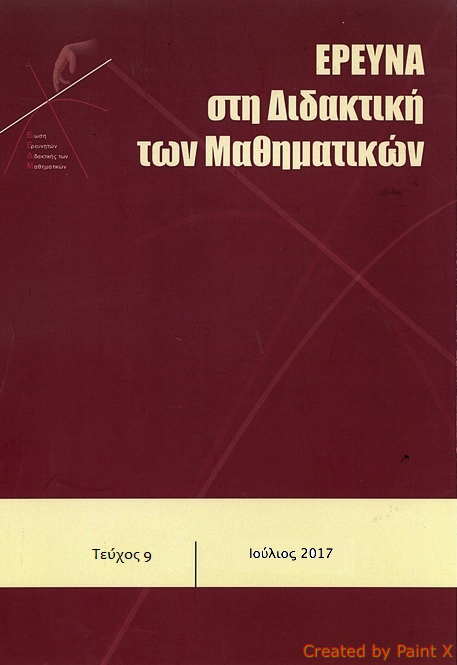MODELLING PROBLEMS OF STATISTICAL REASONING

Abstract
The transition from descriptive to inferential statistics is a known area of difficulties for students. This article shares the experiences from a teaching experiment in a graduate-level quantitative research methods course, which adopted a non-conventional approach to teaching statistics that put models and modelling at the core of the curriculum. Findings indicate that the informal approach to statistical inference adopted in the course, which focused on modelling and simulation using the dynamic statistics software Tinkerplots2 as an investigation tool, promoted powerful ways of thinking statistically, while at the same time also developing students’ appreciation for the practical value of statistics. The affordances offered by the technological tool for building data models and for experimenting with these models to make sense of the situation at hand, were instrumental in supporting student understanding of both informal and formal inferential statistics.
Article Details
- How to Cite
-
Παπαριστοδήμου (Efi Paparistodimou) Έ., Μελετίου - Μαυροθέρη (Maria Meletiou- Mavrotheri) Μ., & Serrado Bayes, A. (2017). MODELLING PROBLEMS OF STATISTICAL REASONING. Research in Mathematics Education, (9), 27–42. https://doi.org/10.12681/enedim.14179
- Section
- Articles

This work is licensed under a Creative Commons Attribution 4.0 International License.
Authors who publish with this journal agree to the following terms:
Authors retain copyright and grant the journal right of first publication with the work simultaneously licensed under a Creative Commons Attribution licence that allows others to share the work with an acknowledgement of the work's authorship and initial publication in this journal.
Authors are able to enter into separate, additional contractual arrangements for the non-exclusive distribution of the journal's published version of the work (e.g. post it to an institutional repository or publish it in a book), with an acknowledgement of its initial publication in this journal.
Authors are permitted and encouraged to post their work online (preferably in institutional repositories or on their website) prior to and during the submission process, as it can lead to productive exchanges, as well as earlier and greater citation of published work (See The Effect of Open Access).



